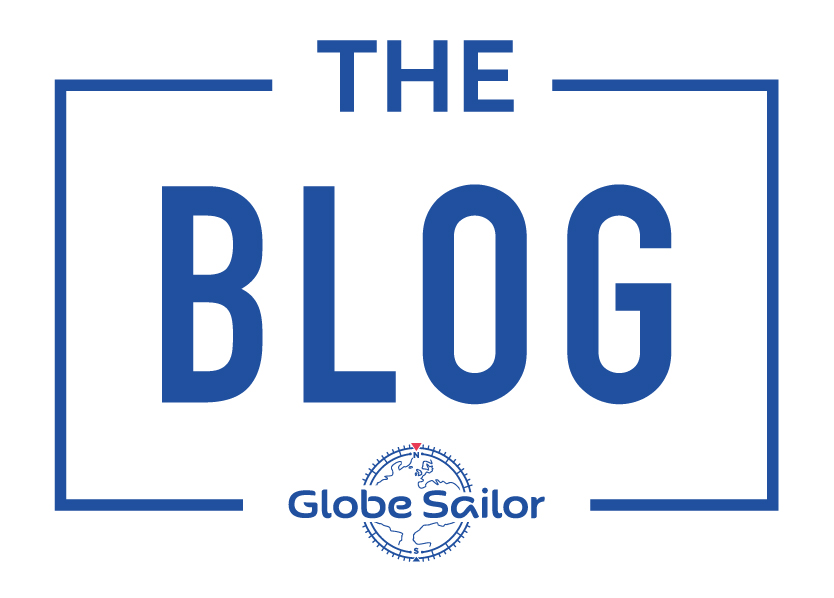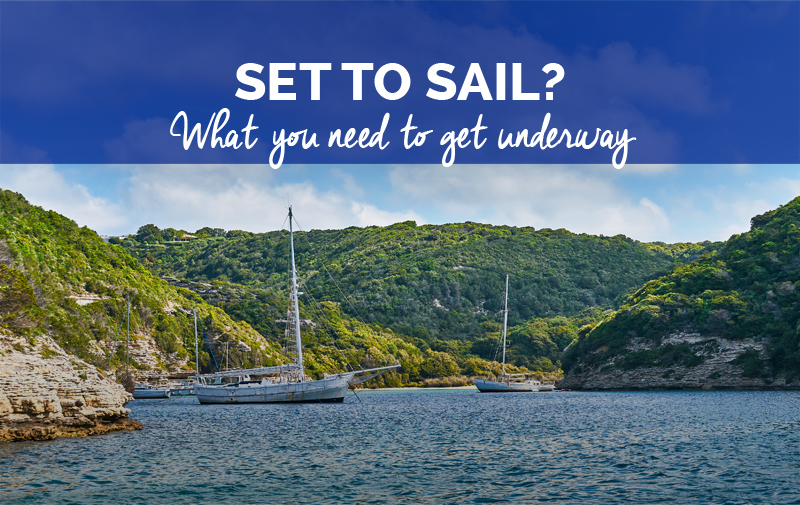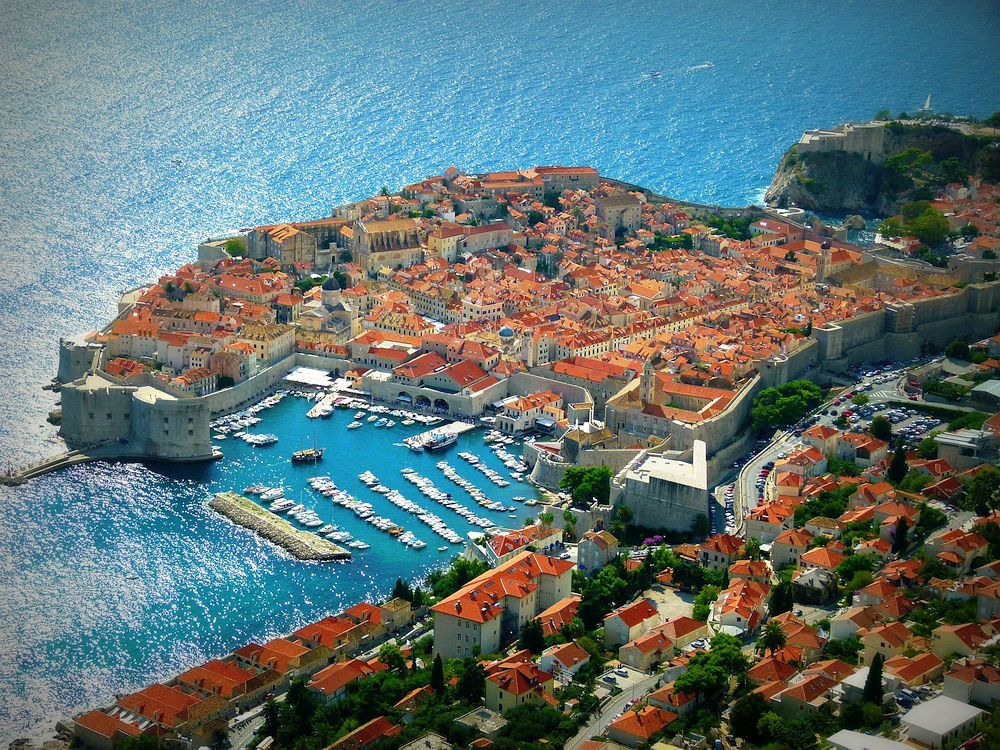Brimming with excitement at the prospect of your sailboat charter, you can almost taste the salty sea water air and feel the wind on your back. But hang on. There’s just one more thing... do you have all the necessary documentation to set sail?
Hightide or low tide, whether you’re making headway for Croatia or Thailand, maritime rules and regulations demand that you have various official documents onboard. But what are they?
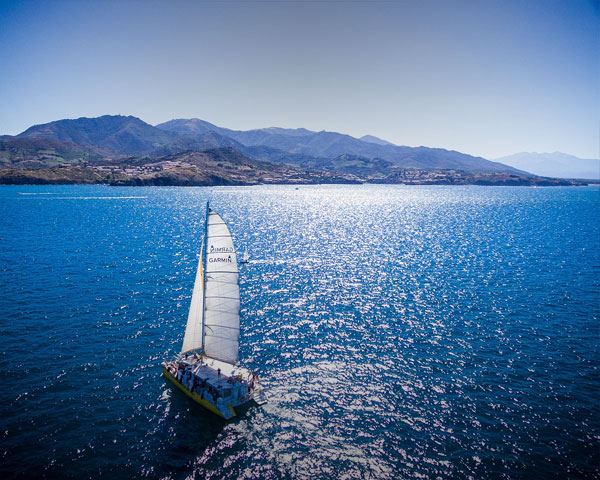
Firstly, knowledge and maritime experience are not sufficient. To sail in in Europe, you need a proper boat licence meanwhile, in the Carribean, experience is sufficiant. Each country has its own boat licence and it is good to have yours for future charters. There is also the VHF certificate which mandatory for bareboat chartering in Croatia for instance.
The International Certificate of Competence (ICC) is a certificate which is intended to provide evidence of competence when requested by officials in foreign countries (for EU citizens). For people coming from the US, it is possible to attain an International Proficiency Certificate with the ASA. It will make chartering around Europe easier. Anyone from the US will also need to be ASA certified (at least ASA 103, ASA 104).
Compulsory documentation for coastal navigation
For coastal navigation, between 2-6 nautical miles from shelter, the following documents are compulsory to have on board:
Nautical chart: this chart is crucial for maritime navigation, helping you to orientate and guide your sailboat. The chart gives a sense of space and perspective, showing maritime areas and neighbouring coastal regions. Depending on the scale of the nautical chart, you are able to see the depths of the water, heights of the land, potential hazards and information on the natural features of your surroundings, for example: sea beds, coastlines, tides and currents. Many nautical charts also locate man-made structures such as ports, harbours, bridges and buildings.
COLREGS: International Regulations for Preventing Collisions at Sea.
Markings of the navigation area: these can be in electronic format if you wish.
International Code of Signals: published by the International Maritime Organisation, this international systems of signs and codes means vessels can communicate important messages concerning issues of navigation, safety and security.
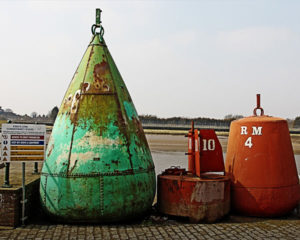

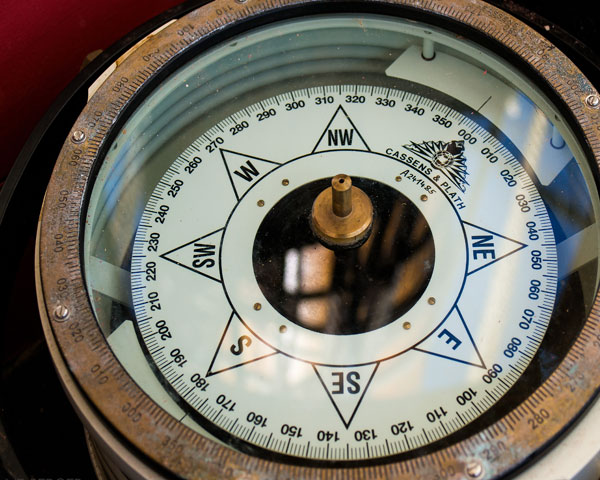
Compulsory documentation for high sea navigation
If you are using your yacht charter to sail further than 6 nautical miles from any shelter or refuge, it is compulsory to have the following documents on board:
A List of Lights: a document which highlights forms of aid to maritime navigation. Geographically specific to each region, the List of Lights is a comprehensive guide to potential navigational aids, providing information on lighthouses, storm signals and signal stations.
Logbook: this also contains vital information of navigation and security.
Unless you are using your boat rental to sail in the Mediterranean, official tide charts are also compulsory to have on board.
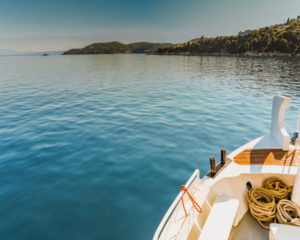
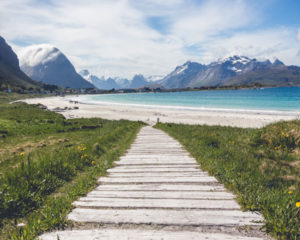
Make sure that all your documents have been verified by an officially recognised organisation, for example the UK Hydrographic Office. As well as collecting and releasing useful hydrographic data, the UKHO also works with other national hydrographic offices to raise global standards of navigation. Hydrographic services also publish live updates on their website concerning sailing conditions; distributing information on a regular basis helps maintain safe conditions and standards. Many of the previously mentioned documents can be found online and downloaded for free.
Insurance
We work with professional fleets and companies which are all insured for chartering sailboats and clients are therefore liable for a security deposit.
Please note :
Do get in touch with a GlobeSailor advisor or charter base to help verify what documentation to bring as you prepare for your holiday. Do not hesitate to ask any personal questions you may have regarding safety, documentation and security in more detail. Each destination and client is different so the best is to discuss your plans together.
